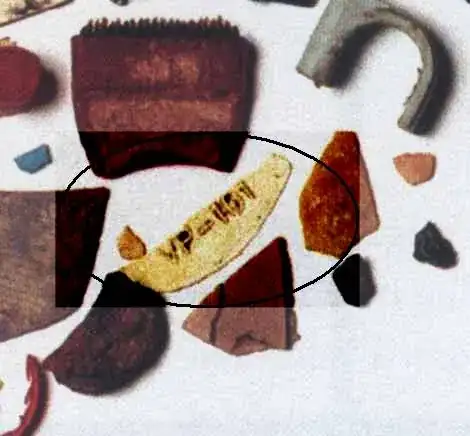The environmentalist website Ocean Sentry makes the claim (citing Calgary Herald) that:
The massive clockwise North Pacific Gyre is carrying plastic that is over 50 years old. Last year, plastic found in the stomach of an albatross had a serial number traced to a Second World War seaplane shot down just south of Japan in 1944 and identified over 60 years later off the West Coast of the U. S.
A similar claim is made by LA Times:
A piece of plastic found in an albatross stomach last year bore a serial number that was traced to a World War II seaplane shot down in 1944. Computer models re-creating the object’s odyssey showed it spent a decade in a gyre known as the Western Garbage Patch, just south of Japan, and then drifted 6,000 miles to the Eastern Garbage Patch off the West Coast of the U.S., where it spun in circles for the next 50 years.
However, while the first article was written in 2009 and the latter article was written in 2006, both articles claim the plastic was found "last year". I was also unable to find any sources describing the seaplane with a number of different searches, although this unsourced claim kept showing up.
Was plastic from a seaplane shot down in 1944 recently (in the 2000s) found in an albatross stomach, and if so, is there any additional information regarding this plane?
